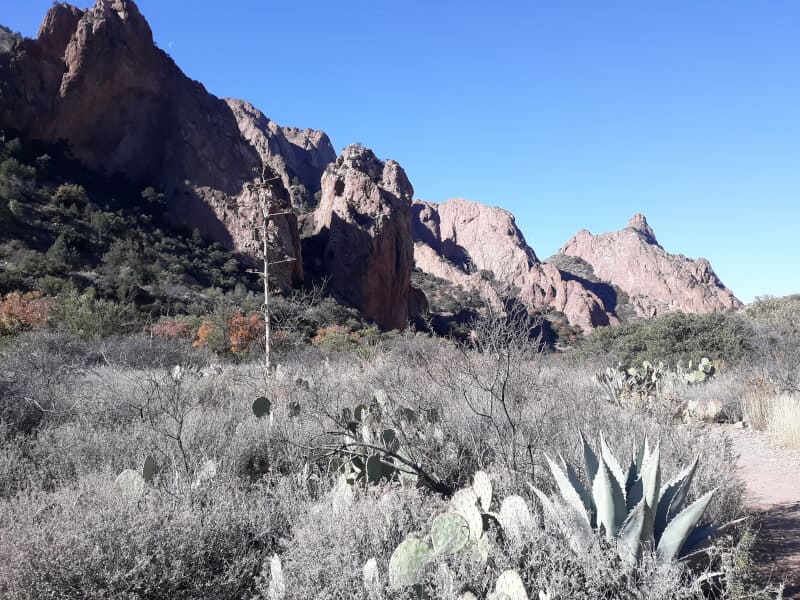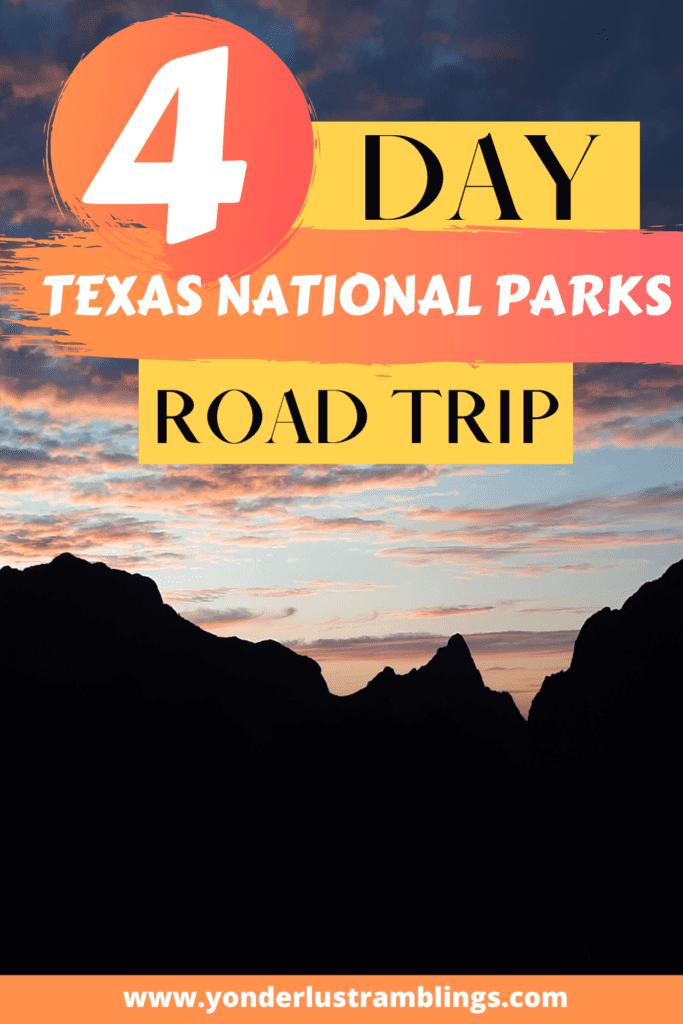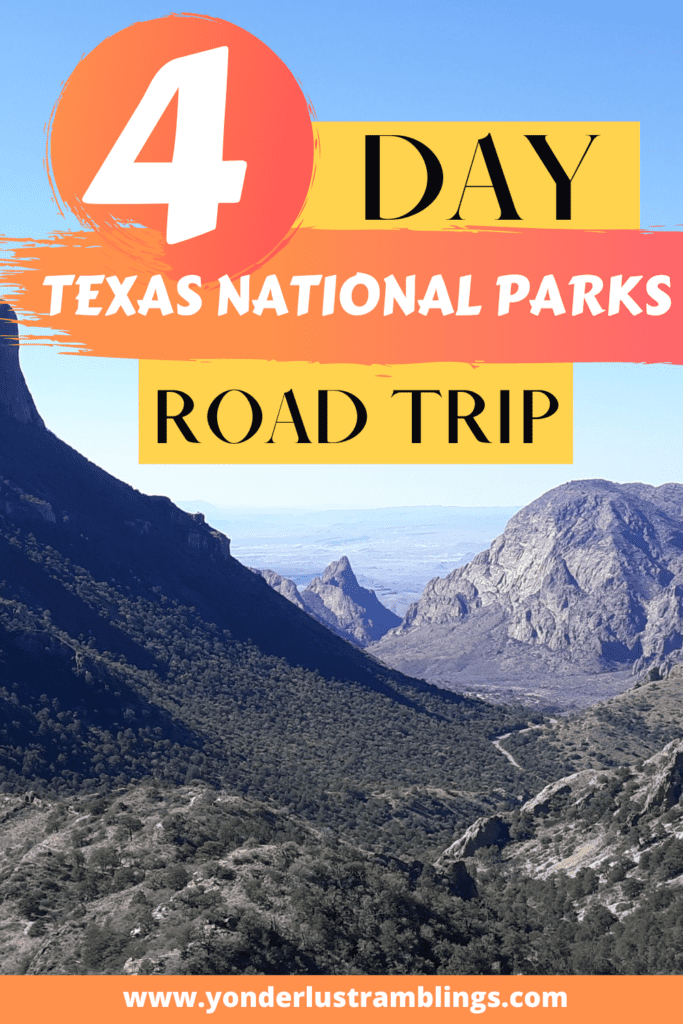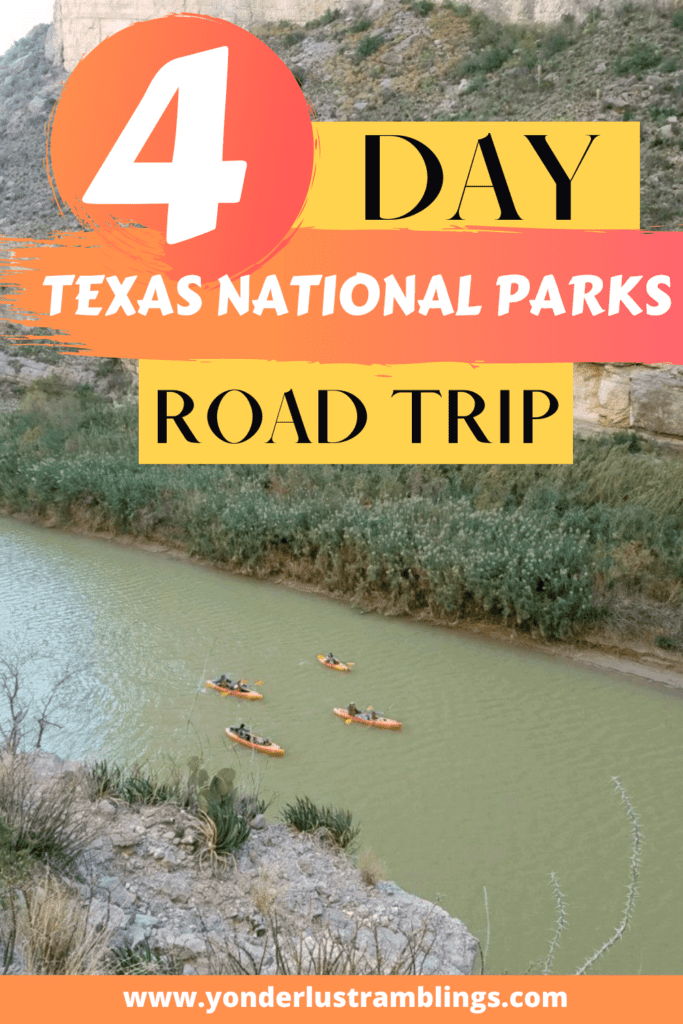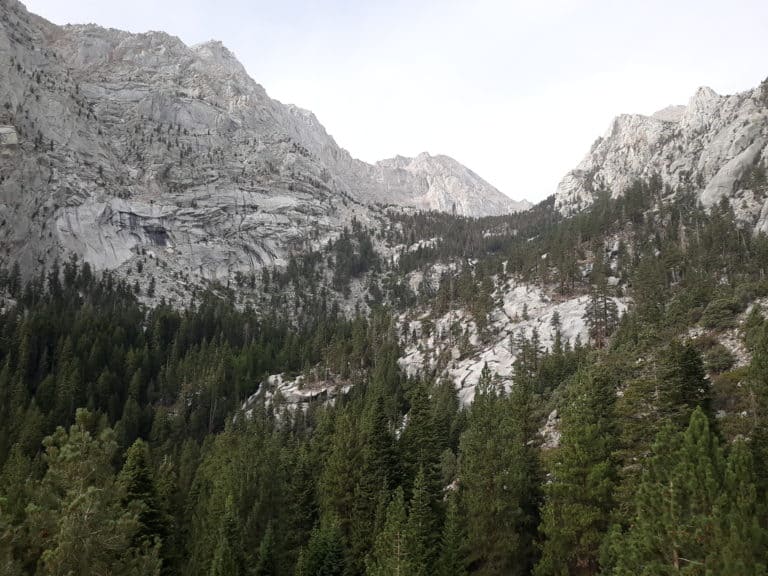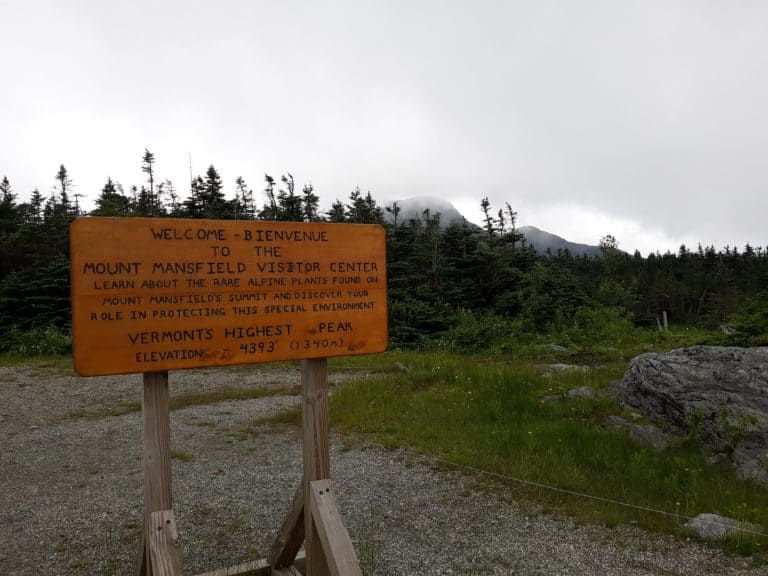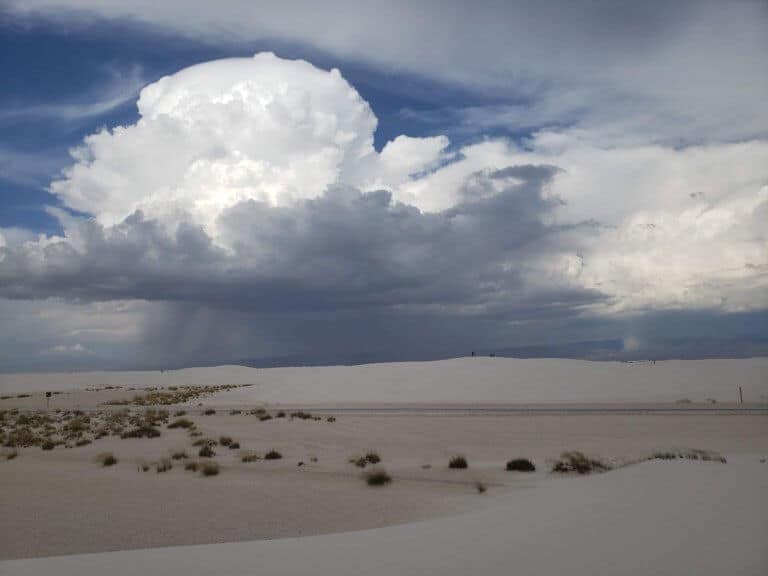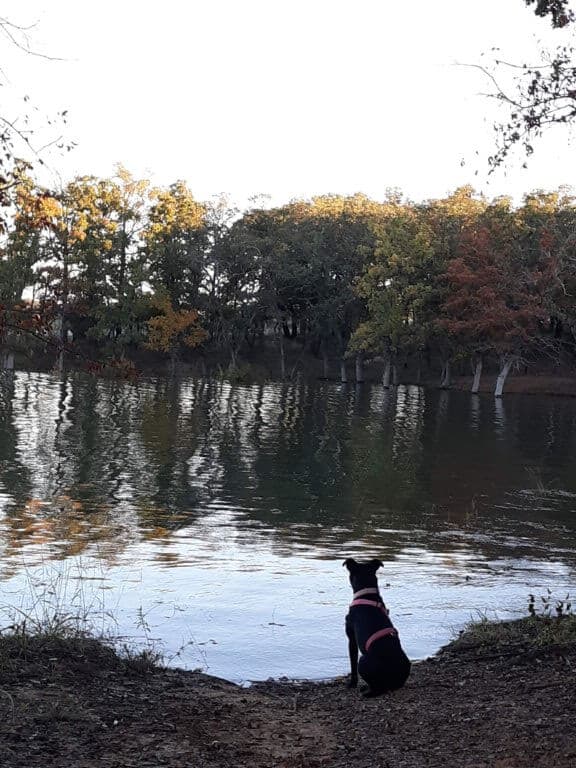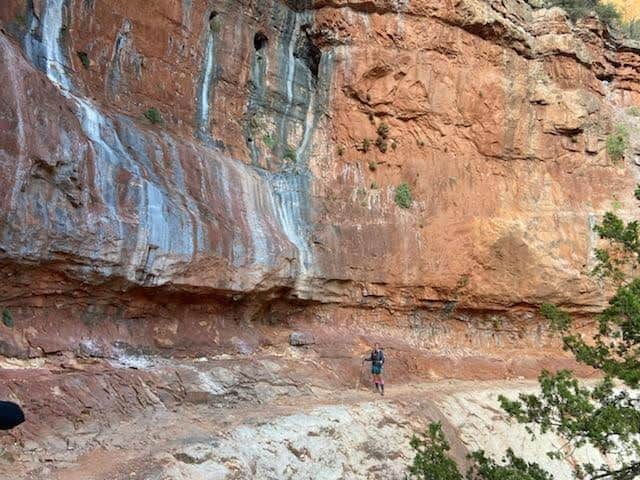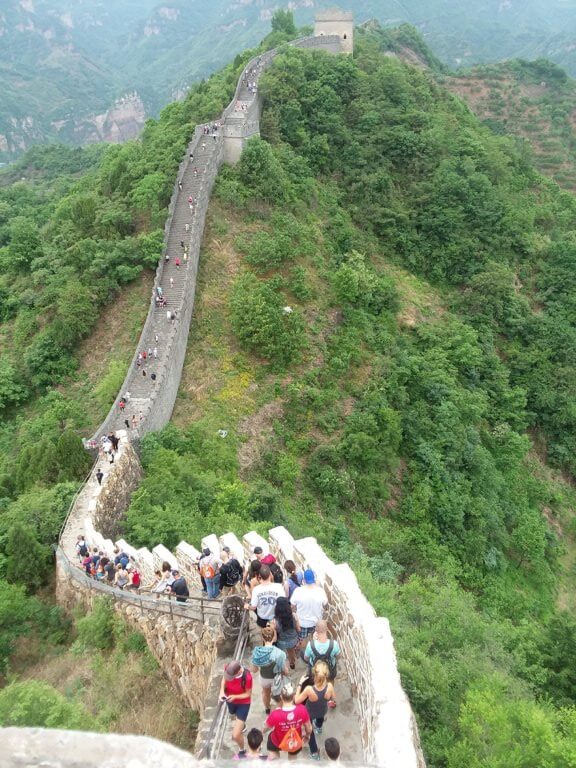How to Explore the Best of Both National Parks in Texas in 4 Days
Let’s get one thing straight right away – there are not one, but two, amazing National Parks in Texas! Most have heard of Big Bend, but have you heard of Guadalupe Mountains? Separately these two National Parks in Texas stun, together they cohesively paint a beautiful tapestry that highlights the very best of the Texas outdoors! From mountains to forests, to canyons and rivers, to deserts and basins, Big Bend National Park and Guadalupe Mountains National Park are both brimming with adventure and natural, rugged, beauty! And the best part? You can experience all of the hiking, camping, boating, and active travel opportunities in both of these National Parks in Texas in just 4 days! Just think, you can check off an entire state’s worth of National Park standouts in just a couple days!
Disclosure: Below are some affiliate links-these are all products I highly recommend. I won’t make any recommendations on this page that I haven’t tested or personally used!
A Tale of Two Texas National Parks
In many ways, Big Bend National Park and Guadalupe Mountains National Park have many things in common.
- There are surprisingly distinct mountain ranges in both National Parks in Texas.
Big Bend National Park is home to the Chisos Mountains, whose circumference houses a unique biosphere in the heart of the park, the Chisos Basin. This is the premier place in Big Bend to explore, hike, camp, and just generally appreciate the breathtaking display.
Guadalupe Mountains National Park is not only formed on top of the Guadalupe Mountains range, but it is home to the highest point in Texas, Guadalupe Peak! This hike is a fantastic high elevation day hike or backpacking trek that passes through multiple ecosystems of high desert, ponderosa forest, and barren rock summits, all while soundly defeating the notion that Texas is all just flat and boring!
Insider Tip: curious where there’s even more mountains in Texas?
- These two National Parks in Texas are both home to an astoundingly diverse amount of terrain, topographies, and environments all existing together harmoniously.
In these National Parks, you can find open grasslands coinciding harmoniously with forest. You can find mountains melding with canyons. You can find deserts blending with rich river life. 4 days spent in these two National Parks in Texas is not only a road trip across the state, but across the whole Southwest.
- The camping in both National Parks in Texas is unbeatable.
The remoteness of both Big Bend National Park and Guadalupe Mountains National Park equates to vividly unfiltered night skies for camping. That same remoteness also benefits guests in the form of solitude and space when it comes to a camping experience that makes you feel miles away from civilization.
- Both of these National Parks are not the easiest to get to, which means they have significantly fewer annual visitors.
Take that how you will, but I refuse to see that as a negative reflection on these two National Parks in Texas. Instead, I see it as a huge advantage, as you will stand a much higher chance of having your experience more to yourself in either of these locations. One of the biggest draws for either of these Parks is the fact that they allow you to feel truly disconnected and removed from it all, and at peace in the outdoors. Texas’s National Parks excel at ruggedness and remoteness, and that is definitely a plus!
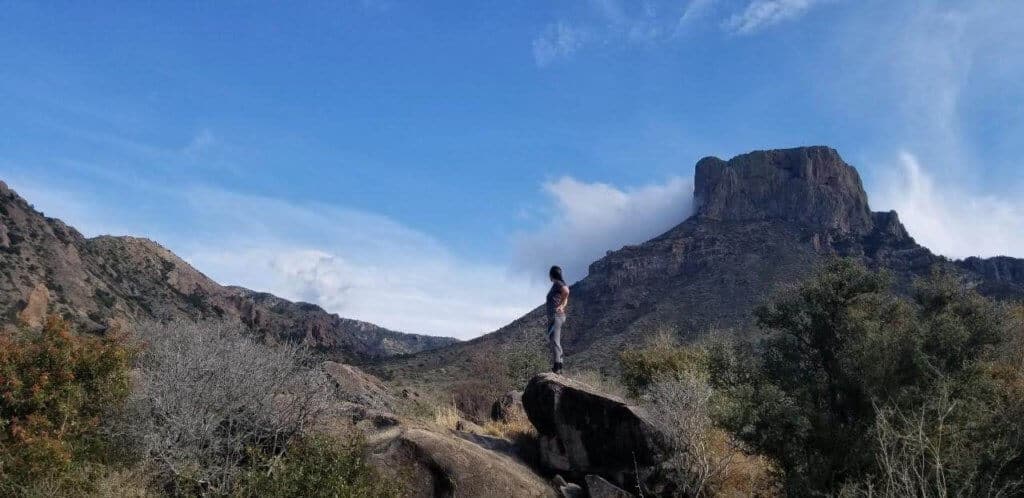
And just as these two National Parks in Texas share so many things in common, they are just as uniquely distinct. Though they complement each other, they also stand on their own merit, and each completely deserve their respective attention.
- Guadalupe Mountains National Park reigns supreme in hiking, literally. And that is because it is home to the state high point hike of Texas, Guadalupe Peak! My own personal quest to summit the highest points of all 50 states started at Guadalupe Peak. I fell in love with the feeling of knowing you are standing higher than anything else in the state at that moment. The view from the summit of Guadalupe Peak left me breathless, as I had no idea that a view like that could exist in Texas! And Guadalupe Peak is just one out of many standout hikes in this National Park!
- Big Bend National Park is not to be outdone in the hiking department. From the middle of the Chihuahuan desert rise the jagged Chisos Mountains, which create a myriad of fascinating outdoor experiences. You can hike in canyons like Santa Elena Canyon, hike to summits like the Lost Mine Trail, weave through canyons on the Window Trail, and even chase waterfalls here in Big Bend’s surprising topography! And Big Bend does win at one thing, and it all has to do with the Rio Grande River! This mighty border river not only carved the iconic Santa Elena Canyon, but it provides the chance to take in another active travel opportunity here – river kayaking and boating!
So are you ready to experience all of this in just 4 days? It is completely doable, and this proposed itinerary will expose you to the best of the uniqueness, diversity, must see sights, and must do experiences of both National Parks in Texas!
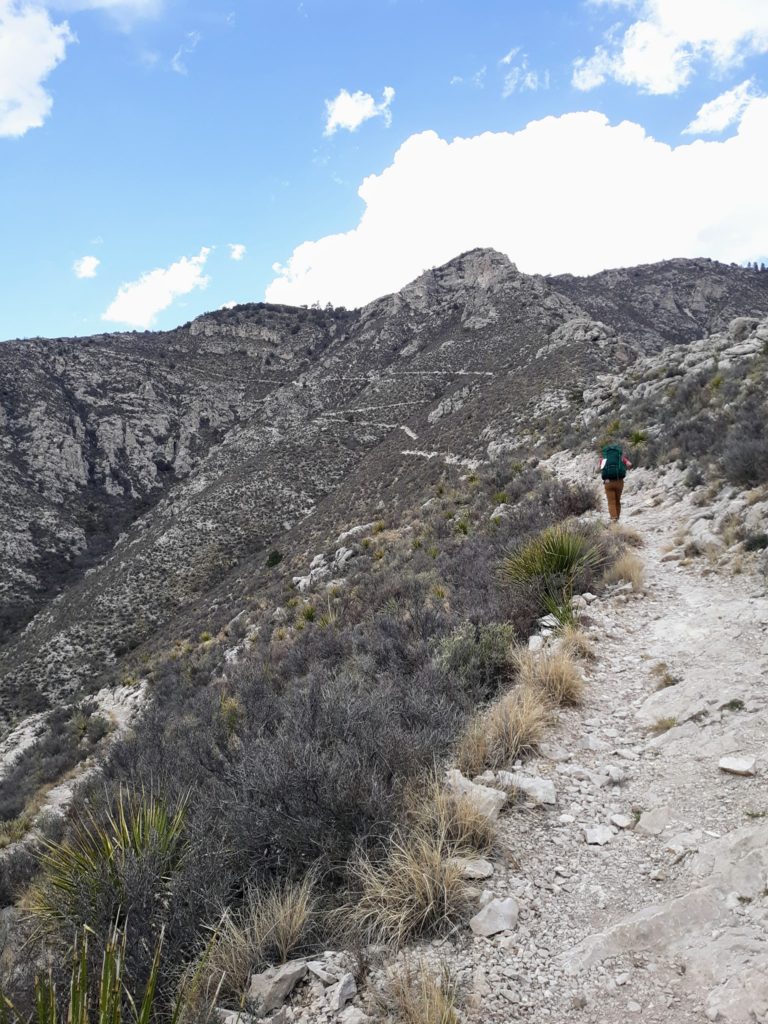
Location of Both Texas National Parks
Both of the National Parks in Texas reside towards the western side of the state, though Guadalupe Mountains National Park is located more toward the northwestern portion, and Big Bend National Park is located more towards the southwestern portion, immediately adjacent to the border with Mexico and the Rio Grande River.
These two National Parks in Texas are approximately 4 1/2 hours apart, between Guadalupe Mountains National Park and the centrally located Chisos Basin of Big Bend National Park.
Insider Tip: the Guadalupe Mountains also produce one more iconic landmark – Carlsbad Caverns National Park! Located only an hour north of Guadalupe Mountains National Park, these famous caverns are actually hewn from the Guadalupe Mountains range themselves! If you have time, they are a great New Mexico addition to your National Parks in Texas road trip itinerary!
The location of the two National Parks in Texas
Day #1 of National Parks in Texas Itinerary: The Chisos Basin in Big Bend National Park
Begin your journey through the National Parks in Texas at Big Bend National Park’s Chisos Basin! The Chisos Basin is home to the Chisos Mountains, which cradle this basin. Within the Chisos Basin is the best campground in the park, the Chisos Basin Campground. Camping reservations can be made online HERE.
***If you do not wish to camp, you can also stay at the Chisos Mountain Lodge, located in the Chisos Basin, close to the Chisos Basin Campground. You can find more information HERE.
Upon arriving, take advantage of your first morning with a hike at the Lost Mine Trail, one of the best uphill, challenging, summit climbs in Big Bend, and a hike that shows off the characteristics of the Chisos Basin! This hike is consistently steady in its grade, rising approximately 1,000 feet in just over 2 miles, with a payoff at the top that is unbelievable!
This hike is 4.2 miles long out and back, which means you can finish by lunchtime! The other reason it is good to complete this hike early is that due to its popularity, the small parking lot does tend to fill up rather quickly, and there are no suitable alternative places to park in the immediate vicinity.
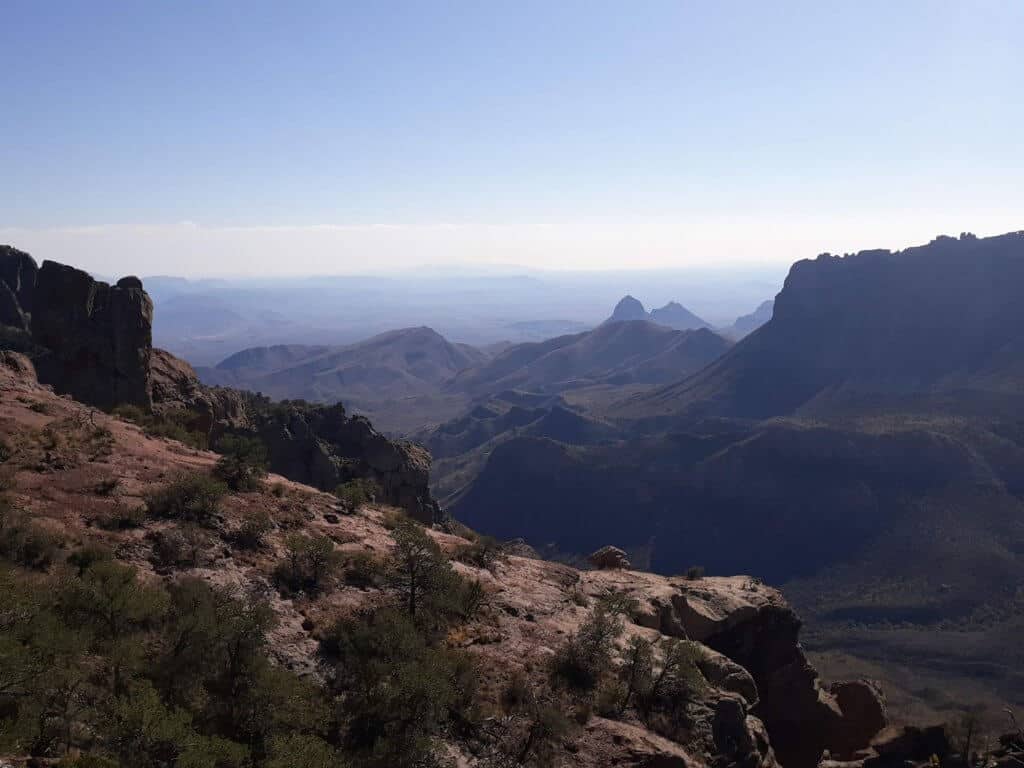
After completing the Lost Mine Trail, set up your temporary home at the Chisos Basin Campground, and get ready for round two of hiking! Lucky for you, there is a trailhead located at campsite #52 right in the Chisos Basin Campground, for the magical and whimsical Window Trail!
Insider Tip: the official length of the Window Trail is 5.2 miles long, starting from the official trailhead located in the Chisos Basin. If you choose to start the hike from the “shortcut” trailhead located at campsite #52 in the Chisos Basin Campground, the length will be shortened to 3.6 miles roundtrip.
The Window Trail begins with a gentle downhill descent through the shrub laden desert, bordered on both sides by craggy peaks of the Chisos Mountains. As the mountains begin to narrow, the trail takes on new characteristics, becoming more thickly foliaged in the shadows of the towering mountain faces.
The trail continues to narrow under the merging of the encompassing mountain range, as it weaves through the canyon and over several series of rock “stairways”, until it reaches its pinnacle at the aptly named “Window” formation. Here the trail terminates in a narrow canyon, with a gently cascading stream and shallow pools, all framed by the narrow window that provides a glimpse of the stunning backdrop of Big Bend National Park!
IMPORTANT! That gentle stream and shallow pools I mentioned are not always so! There is a risk of flash flooding here, due to the nature of the narrow and converging canyon, and the inherent danger of the terminating ledge of the “window”. Avoid hiking here following or before imminent threat of rain!
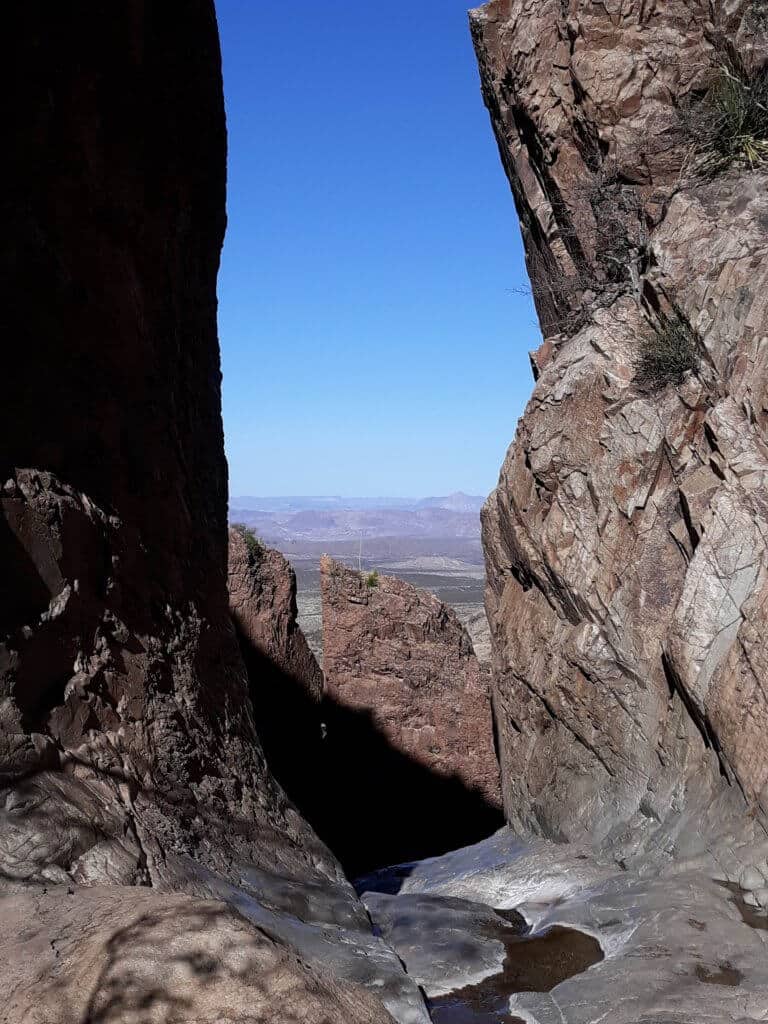
For Night 1, enjoy a peaceful night of camping beneath the stars. Do note that there are no ground fires allowed at the Chisos Basin Campground, but there are grills available at each site.
DAY 1 RECAP:
- Lost Mine Hike
- Set Up Camp in the Chisos Basin Campground (or alternative lodging) and Lunch
- Window Trail Hike
- Dinner at Camp or Alternative
Day #2 of National Parks in Texas Itinerary: Santa Elena Canyon in Big Bend National Park
Santa Elena Canyon is perhaps the most iconic sight and experience in Big Bend National Park. To fully enjoy it, though, involves two things – hiking and kayaking!
To get to Santa Elena Canyon from the Chisos Basin Campground, head west through the park for approximately one hour, on the Ross Maxwell Scenic Drive Road.
Insider Tip: if you are planning to use a guided kayak tour, like the Big Bend Boating and Hiking Company which I have used and recommend, many companies, including this one, are based in Terlingua, on the western border of Big Bend, and may necessitate a group meet up there.
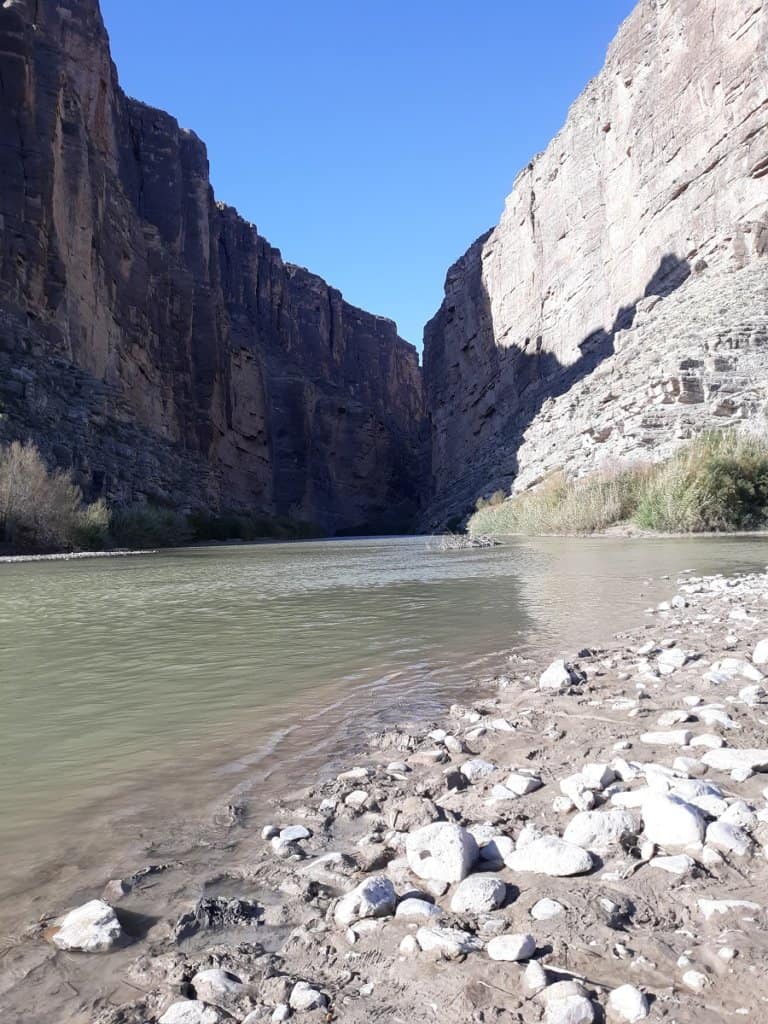
Santa Elena Canyon deserves to be appreciated both on land and on water! The Santa Elena Canyon Trail is relatively short at 1.5 miles point to point roundtrip, so it is perfect to experience either before or after setting off by boat. The trailhead begins by following the boardwalk a few tenths of a mile from the parking lot (which has parking available as well as boat unloading and loading areas, and restrooms) to the shoreline of the Rio Grande River.
You can take a pause here at the banks, but do note that the official Santa Elena Trail continues to the right, crossing the small Terlingua Creek, before gradually climbing to trace along the cliffsides of Santa Elena Canyon. The trail climbs about 600 feet in elevation gain, and then the path continues along parallel with the Rio Grande, before descending to a shallow embankment a the base of the canyon walls. Here you can bask in the shadow of Santa Elena Canyon, either before or after embarking on the second half of this canyon adventure, kayaking!
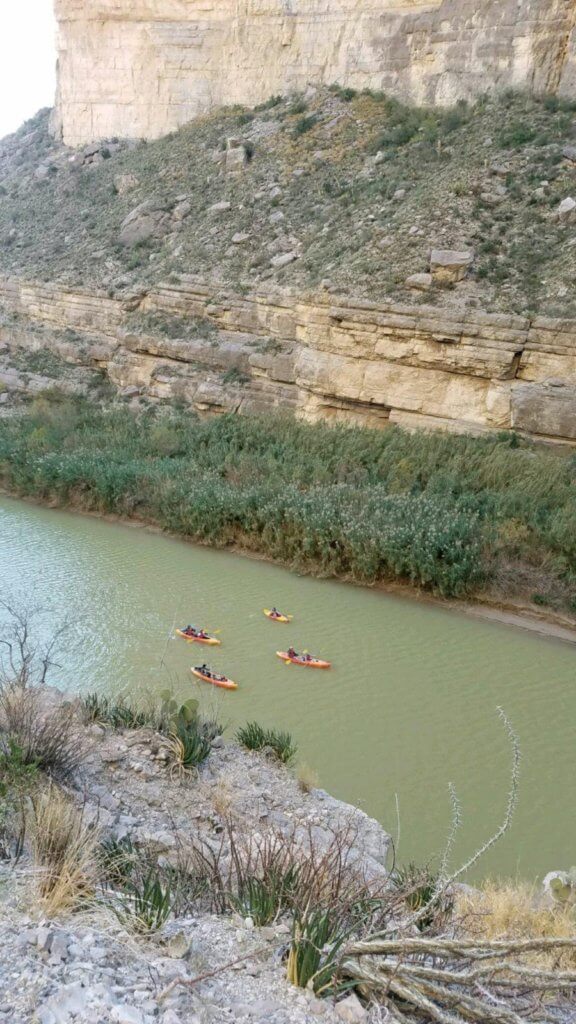
Kayaking Santa Elena Canyon does take some prep work, so be sure to read up on all the details of planning a kayaking trip here before taking off! My preferred recommendation is a day trip on this river, either guided or independent, lasting 4-5 hours (which will allow you to kayak several miles of Santa Elena Canyon), but if you are able to extend your itinerary, it is also possible to make kayaking the Rio Grande a multi-day venture! Kayak camping overnight in the canyon is allowable.
Kayaking Santa Elena Canyon from this point consists of gentle Class 1 water, which means it is suitable for both beginners and novices. There are high classes of rapids on the Rio Grande, but you will not encounter them on a day kayaking trip in this portion of Santa Elena Canyon.
The other highlight of kayaking here, besides soaking in the scenery, is being able to pull up on shore and stop for a rest break on the river. There are several small “beaches” in Santa Elena Canyon, and nowhere else in this Texas park will you feel more secluded!
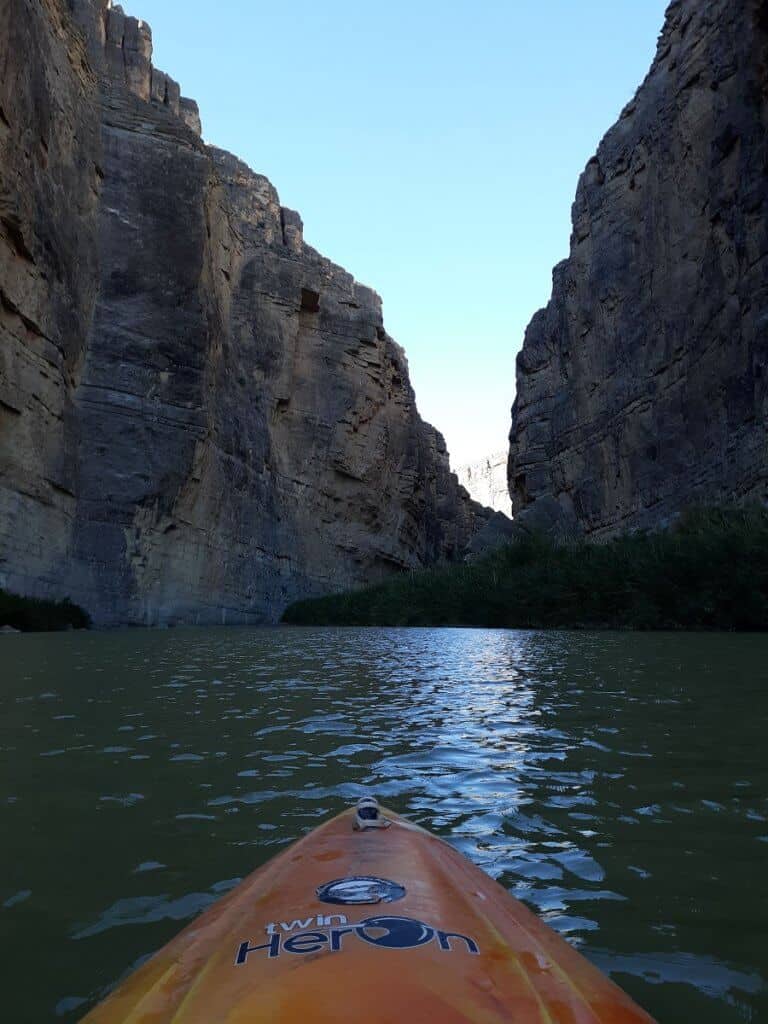
And that concludes your time in Big Bend National Park on your 4 day Texas National Parks itinerary! That being said, Big Bend National Park is massive, and houses so much more! Whether you make the time now or later, continue to explore all the rest of what makes this one of the best parks in Texas!
After packing up at Big Bend, drive the approximately 4 1/2 hours northwest on the late afternoon of Day 2, to arrive at Guadalupe Mountains National Park in the evening. Get acquainted with this lesser known National Park on Night 2 by setting up camp at the 2 campsite options of Pine Springs Campground or Dog Canyon Campground. Pine Springs Campground is more easily accessible, more centrally located, and my recommended campsite for this National Parks in Texas itinerary. Campsites in Guadalupe Mountains National Park are reservable online, and fees are $20 a night. Keep in mind that ground fires are not allowed in either campground.
Insider Tip: There are several differences between the Pine Springs and Dog Canyon Campgrounds. Dog Canyon is located at a slightly higher elevation, which means it can be cooler in the summer. Dog Canyon is also located beneath a series of tall cliff walls, which provide more shelter from gusty winds. Pine Canyon is located in a more high desert setting at lower elevation. Pine Canyon is more accessible and more centrally located to some of the main hiking attractions, like Guadalupe Peak and the Devil’s Hall.
DAY 2 RECAP:
- Breakfast at Camp or Alternative
- Explore Santa Elena Canyon by hiking, boating, or BOTH!
- Drive to Guadalupe Mountains National Park
- Set up Campsite at Pine Springs Campground and Dinner
Day #3 of National Parks in Texas Itinerary: McKittrick Canyon at Guadalupe Mountains National Park
Start your 3rd day off right with a early morning hike through Guadalupe Mountains’s own McKittrick Canyon Trail. This multi-faceted hike will take you through a namesake canyon, but it is also surprisingly vegetated and brimming with shady foliage. This is a long distance, 20.2 miler point to point roundtrip trail, so you can plan on spending your whole day here, or shorten it to your liking! It will be completely worth it either way, as this trail sums up so nicely all the amazing things about this National Park.
Along the way, look for the Pratt Cabin, an early historical home from the 1930’s, the limestone Grotto cave, the old Hunter Line frontier cabin, the picturesque “Notch”, and several backcountry camping sites. This hike is packed with excitement!
BONUS: if you come in the fall, the autumn colors on this trail will easily rival those of the Northeastern states!
After completing the McKittrick Canyon Trail, return to camp and enjoy your evening relaxing under one of the darkest skies in the state!
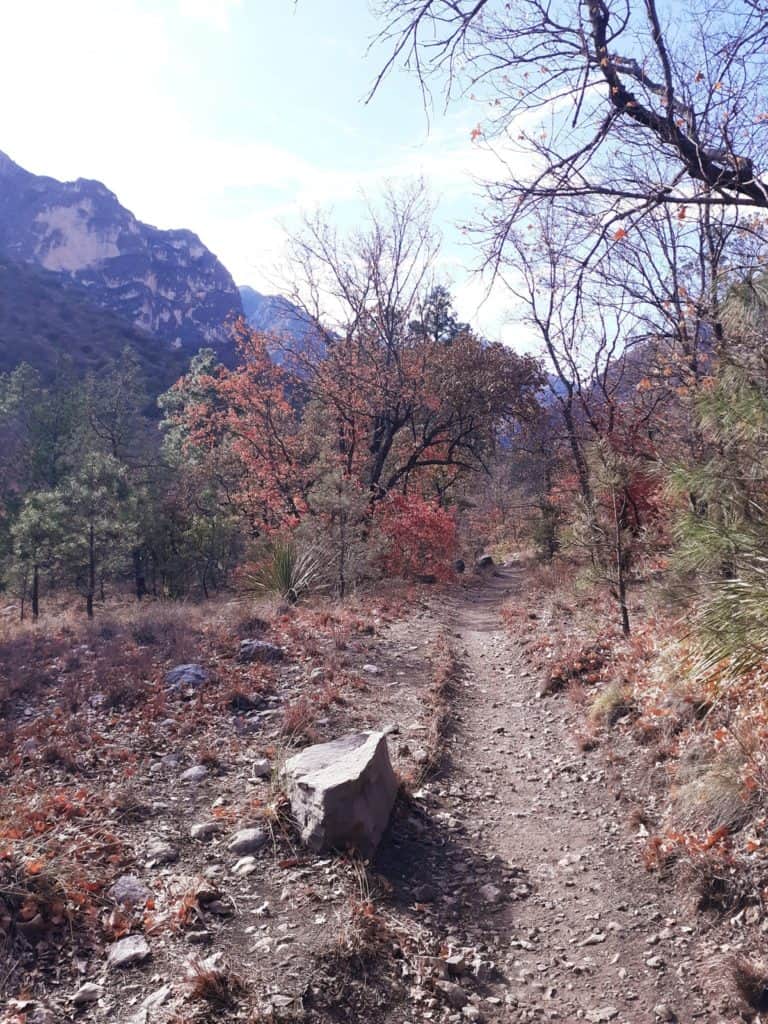
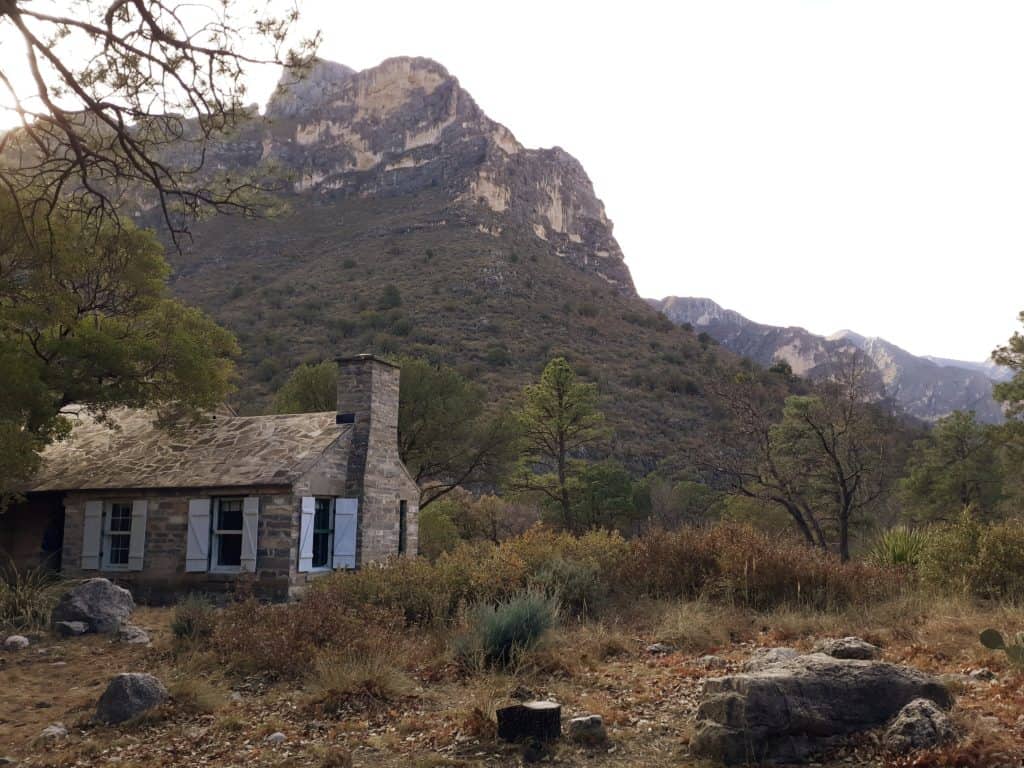
DAY 3 RECAP:
- Breakfast
- McKittrick Canyon Trail (entire trail or shorter portion), bring Lunch on Trail
- Dinner at Camp or Alternative
Day #4 of National Parks in Texas Itinerary: Guadalupe Peak and the Devil’s Hall at Guadalupe Mountains National Park
Start another early morning off right by taking on the state high point hike of Texas, Guadalupe Peak! Bring a snack for the summit, as well as a penchant for surprise, as this trail is sure to do just that!
The trailhead is located just off the parking lot for the Pine Springs Campground. The first mile of this Texas state high point hike is often considered the most challenging, and climbs rather steadily along several switchbacks from the high desert shrubbery of the Chihuahuan desert, to gradually round the face of the mountain into a forested ponderosa setting.
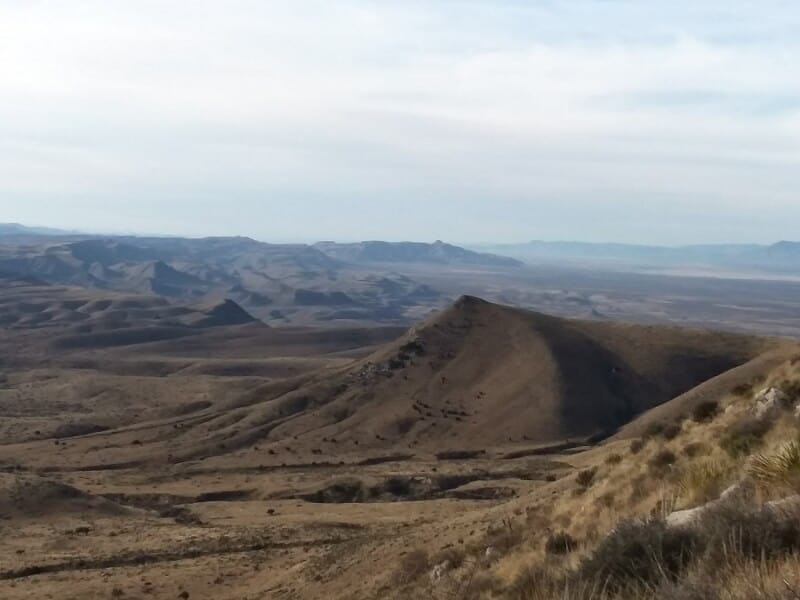
Continuing to ascend Guadalupe Peak, the treeline will eventually begin to thin, and the trail will slowly show more characteristics of a high elevation hike. Just below the summit, the rocky cliffs and barren, exposed rock faces begin to emerge, with a final push to the top!
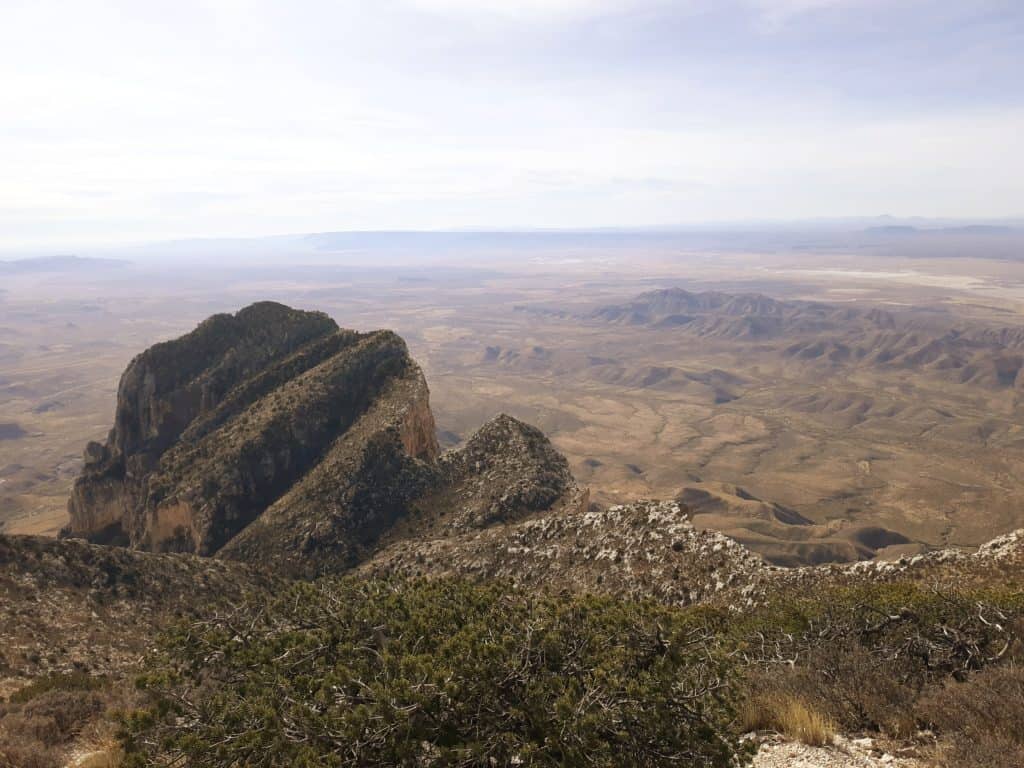
The summit of Guadalupe Peak is completely un-obscured, promising a rewarding panoramic view, as well as an undeniable sense of accomplishment! While atop Guadalupe Peak, take a moment to appreciate the top of the summit of El Capitan just below, another note-worthy, uphill hike here at Guadalupe Mountains National Park.
After descending Guadalupe Peak, you will undoubtedly be a little beat, so spend some time in camp relaxing and lunching!
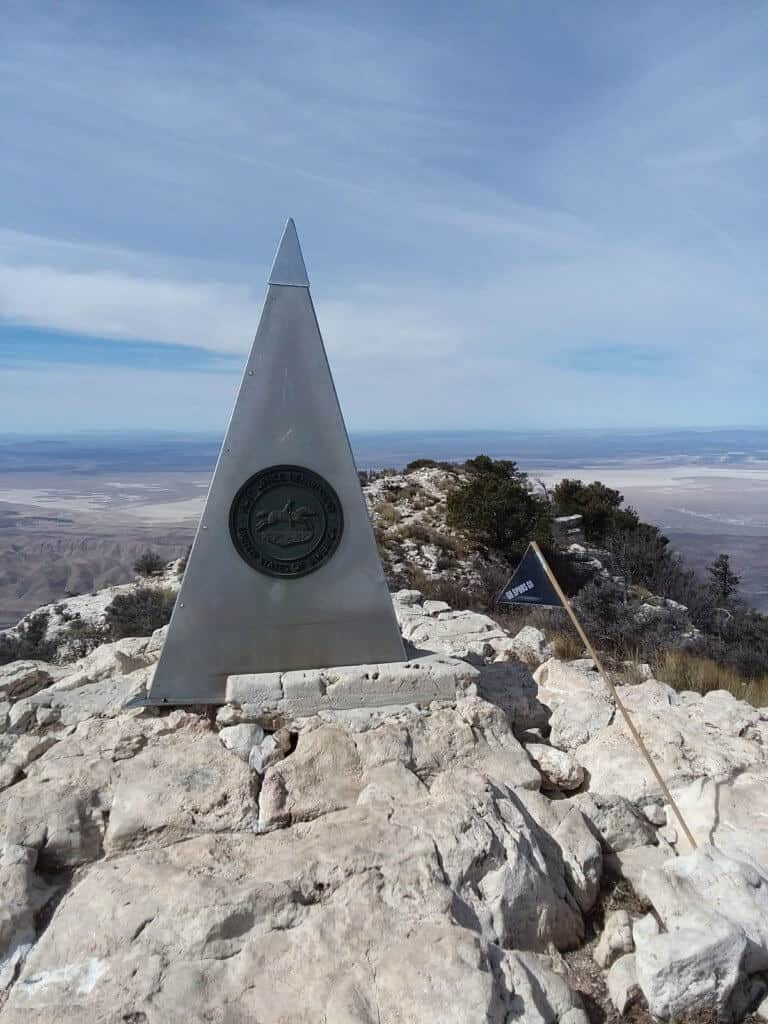
In the afternoon of Day 4, venture out on another fun trail, as well as the shortest trail on this Texas National Parks itinerary, the Devil’s Hall Trail. This unique 3.6 mile long roundtrip out and back hike passes through rocky terrain to a giant stone “hallway” formation! This trail does involve some boulders and scrambling, but the views and experiencing the Devil’s Hallway are worth it!
At the end of your 4 day itinerary on Night 4, enjoy one last night of solitude in camp, OR:
Night 4 Alternative: there is a primitive, backcountry campsite just below the summit of Guadalupe Peak! An alternative to Night 4 would be to camp beneath the summit, with an early morning push to finish the hike.
DAY 4 RECAP:
- Breakfast at Camp or Alternative
- Guadalupe Peak Hike
- Lunch at Camp (or bring trail lunch for Guadalupe Peak Hike)
- Devil’s Hall Hike OR Primitive Camp on Guadalupe Peak
- Dinner
What to Bring for Big Bend and Guadalupe Mountains National Parks
Be prepared for your National Parks in Texas explorations with the right knowledge and gear!
- a good day pack that is equipped to carry at least 3 liters of water (it is the desert after all!)
>Get a Camelback daypack and Platypus 3 liter water hydration bladder
- a good pair of hiking boots or trail runners
Get your own pair of Vasque Breeze GTX III Waterproof Hiking Boots
OR a pair of the best trail runners – HOKA One One Speedgoats
- A solid, ultralightweight, yet durable, camping tent (the one below checks off all the vital requirements – ultralightweight, durable, and waterproof!)
>Get the best lightweight, waterproof, camping and backpacking tent on the market!
- a complete hiking check list that includes EVERYTHING you need for all 10 hiking essentials categories!
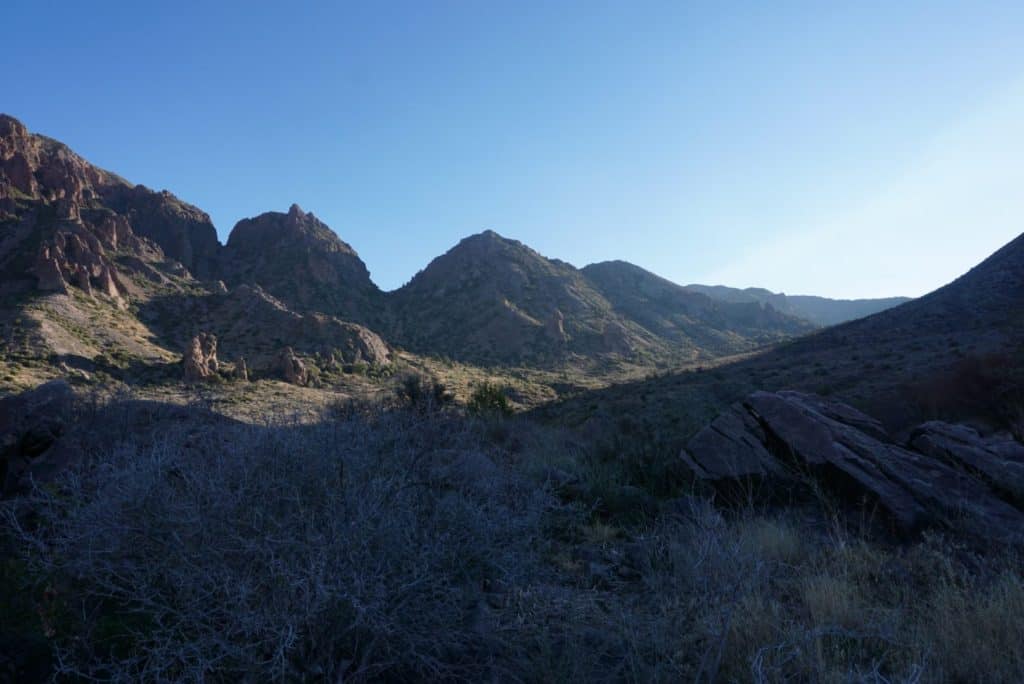
So What’s Next After Big Bend?
***Visit Each and Every Amazing National Park in the U.S., with:
this National Parks Checklist!
And Check Out More Amazing Outdoor Adventures You Can Only Find in TEXAS!!!
- Where are the BEST Mountains in Texas?
- The BEST El Paso Hiking Trails
- The TOP Hiking Trails in West Texas
- The TOP FIVE Canyons in Texas
- The 8 BEST State Parks for Hiking and Camping in Texas
- Where Can You Go Sand Sledding in TEXAS?
- The Best Outdoor Things to Do in Fort Davis
PIN for LATER!

